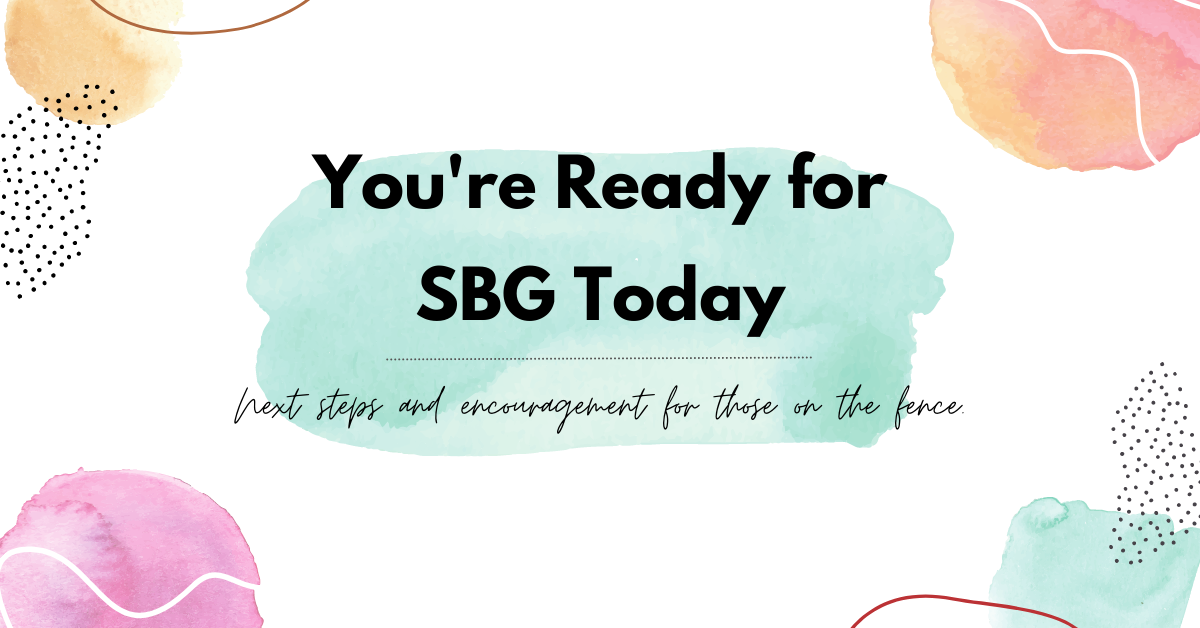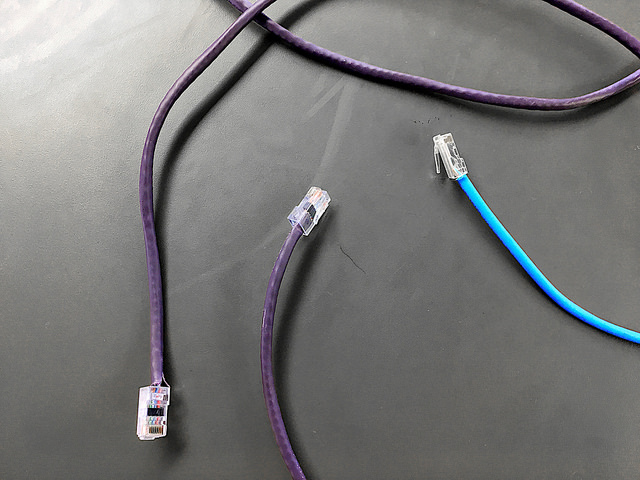Yep. I said it.
Standards Based Grading (SBG), at the core, is nothing more than committing to grade based on what students know and can do. If you agree, then you’re ready to start.
Robert Talbert, math professor at Grand Valley State University, manages a blog called Grading for Growth. It is definitely worth subscribing to directly because this week, he had a post detailing how to get started with alternative grading now. Please go read the entire post, but if you’re short on time, here’s the breakdown:
Know your curriculum
We’ve been working on essential standards in PLCs for almost two years. It’s time to put those essential standards to work by linking them directly to what students are doing in your class. What does that look like? Robert says,
A learning objective for a lesson (or module, etc.) is nothing more, or less, than an action that a student should be able to do to demonstrate that they have learned some important topic or concept in the course.
Three steps for getting started with alternative grading, Grading for Growth
Your essential standards describe what a student can demonstrate. They are the backbone of SBG and should drive every instructional decision you make in terms of what you assign. You do not have to do an entire semester – you can start with a critical look at an upcoming unit or chapter.
Consider translating your essential standards into “Students will be able to…” (SWBAT) language. This helps you connect the action of the assignment to the standard. It also helps your students see the direct connection between the learning target and the work you’re assigning. If you have assignments coming up which don’t align to a particular standard, it’s time to reevaluate that material.
Model other alternative graders
Just because you’re ready does not mean the transition will be easy. You will be evaluating and adjusting assignments. You’ll spend more time giving feedback to students on their evidences. You’ll be supporting students through the feedback/revision cycle to focus on improvement rather than completion. You’ll need support in order to do that.
So, where does that support come from? Your friendly neighborhood Instructional Technology team, administrators, colleagues, and the Internet. We (locally) are here to help with systems and structures to help with the day to day work you’ll need to do. Your administrators are here to help you communicate and support students. Your colleagues are here to answer PLC questions – what do you do when students know (or don’t know) the material? Lean on your resources to help you do the work.
The Internet is a deep sea and has great and terrible power. If you’re just looking for more reading, I (Brian) have curated a list of blogs, articles, and resources to help answer some of those initial questions.
Keep it simple [you fill in the blank]
You cannot plan for every contingency. We are here to help you put one foot in front of the other.
…there’s a tradeoff between accuracy on the one hand (the extent to which grades are valid measurements of learning) and simplicity on the other. It’s hard hit that sweet spot where accuracy and simplicity are both maximized. If you must err on one side or the other, I believe it’s better to make your system simple rather than to go overboard trying to make it 100% accurate.
Three steps for getting started with alternative grading, Grading for Growth
We’re always tweaking grading systems and this is no different. We have full support for SBG in Canvas to make the reporting easier so you can focus on feedback and encourage growth over time. Simplicity also helps students understand what is happening, which eases the transition in the long run. If you’re committed (and we’re committed to helping), you’ll see a slow shift in your students over a few weeks away from, “What can I do to improve my grade?” to, “I need help with this standard.”
Now is the time
At the end of the semester, the light is getting brighter at the end of the tunnel. Take some time this week to think through your grading habits and whether or not they communicate that critical idea: what students know and can do. If not, now is the time. Let us help you make the switch and see how students are served when we allow our grades to communicate learning, not just completion.



